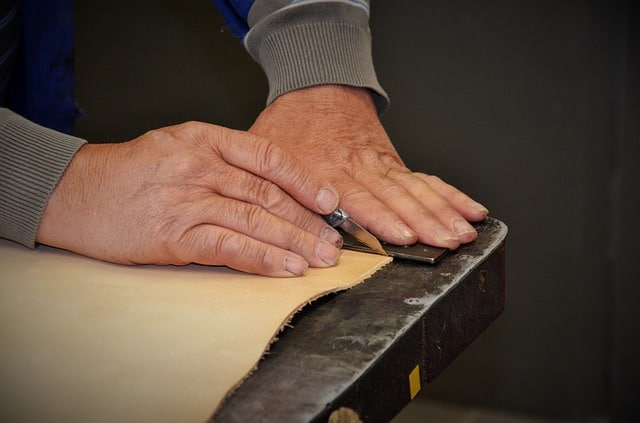
A craftsman works with his hands, regardless of mechanical energy.
Artisan is a concept linked or related to craftsmanship. Craftsmanship, for its part, refers to work carried out manually by a person, without the help of mechanical energy. The product obtained from this manual labor also receives the same name. At the same time, the handmade pieces are all different from each other, which clearly differentiates them from those obtained through industrial production or mass work .
An artisan, therefore, is someone who performs manual labor and is dedicated to selling their products privately, without intermediaries. Many times, he even works on demand, creating pieces to suit his clients. Generally the purposes of this work are artistic: the passion for a task rather than the monetary result of it. That said, it is important to clarify that given the etymology of the word, an artisan is an artist with his hands .
How an artisan works
A characteristic to highlight is that artisans usually use native materials from the area in which they live, so their crafts offer, beyond their beauty, a message of respect for the territory and the environment . In addition, the production of their pieces is more economical if they work this way. Thus, those who live in a coastal area use seashells, while in forested areas crafts made with wood predominate.
There are different sectors in which artisans stand out, the best known are: making decorative objects (from pendants and rings to lamps and large designs), furniture and wooden objects (home furniture and decorative objects made only of wood or combining this material with iron or others), artisanal food (it is made without industrial or artificial ingredients), illustrations and small-run books (unlike large publishers ; these artisans make each book individually, an intense and full of passion).

Artisans can develop different types of products.
Fairs and workshops
Craft fairs are spaces where workers in the sector meet to market their creations and become known in the environment. These spaces, generally located outdoors, house different stands where artists put their products on display and visitors walk around and can buy.
Artisans can also sell their pieces in their own workshops, on the street or in commercial premises (although the latter option is less common given the cost of rent or maintenance).
Differences between hippies and artisans
In recent years, the term artisan has been mistakenly mixed with the Anglo-Saxon word "hippie", thus calling those people dedicated to the street sale of their products . It is important to note that a hippie is a person who has felt captivated by the countercultural movement of the same name, which emerged in the United States in the sixties whose main objective was to mobilize the world in search of peace .
This confusion arose because, in the mid-90s, many young people eager for greater freedom left their homes and began to subsist by designing small crafts and selling them on the streets. Since the hippies did something similar ( leaving society to retire to live in the countryside and live a life detached from social rules and norms) they were confused with them, and began to be called the same thing.
It is worth mentioning therefore that, although it is true that many artisans also consider themselves hippies because they admire certain references from those years, the vast majority do not even know where this word comes from and what motivates them to lead that life are not those objectives. revolutionaries , but other causes.
